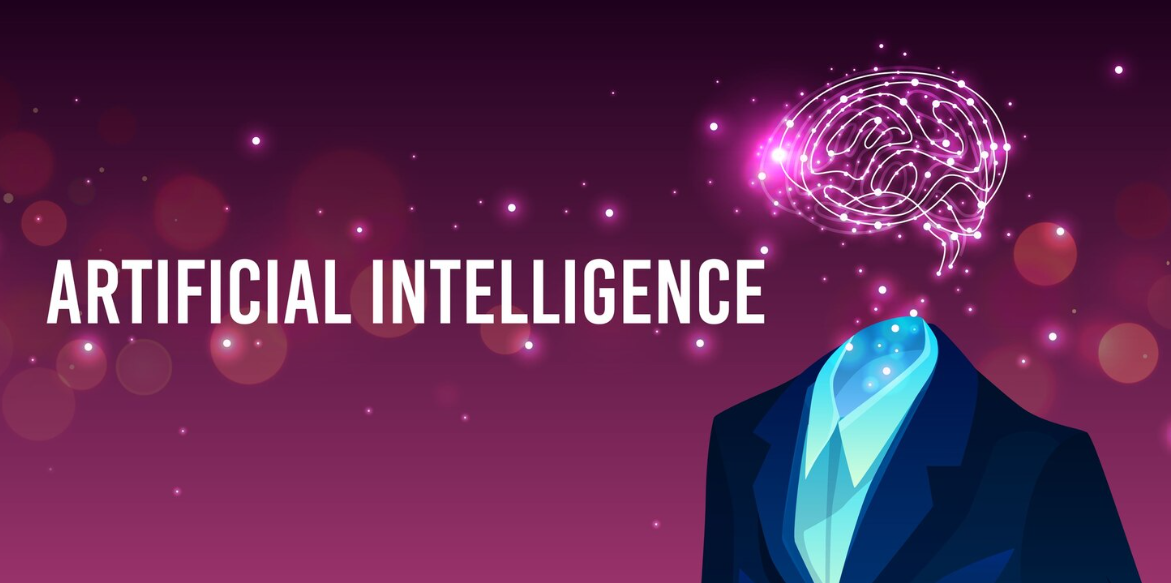
Beyond Words: The Power of Non-Verbal Communication
When we think about communication, our minds often jump straight to the words we speak. Yet, research shows that spoken words make up only a small fraction of how we truly connect. In fact, body language accounts for 55%, tone of voice for 38%, and words themselves only 7% of the message we convey.
This means that long before we open our mouths, we’ve already told a story, through our posture, expressions, gestures, and even silence.
The Unspoken Language
Non-verbal communication is the silent partner to our speech, shaping perceptions, building trust, and sometimes saying more than words ever could. It comes in many forms:
• Kinesics – Our body language, facial expressions, and gestures.
• Proxemics – The physical space between us and others.
• Haptics – Communication through touch, such as handshakes or pats on the back.
• Vocalics – Tone, pitch, and speed of our voice.
• Chronemics – How we use and respond to time.
• Appearance & Artifacts – The clothing, accessories, and visual elements that influence first impressions.
Why It Matters
Mastering non-verbal communication is more than a soft skill, it’s a strategic advantage in both personal and professional life. Here’s why:
• It enhances verbal messages by adding emotional depth.
• It builds relationships and trust across cultures and languages.
• It influences leadership perception and negotiation outcomes.
• It creates lasting first impressions that words alone cannot achieve.
At institutions like ALIMS School of Business—ranked among the best MBA colleges in Kerala—developing communication skills is a cornerstone of leadership development.
For business leaders, educators, and students alike, non-verbal cues are often the deciding factor in how messages are received and remembered.
The Subtleties to Watch
Non-verbal communication has both strengths and pitfalls.
Advantages:
• Expressive and emotionally impactful
• Quick to deliver and universally understood in some contexts
• A lifeline for individuals with speech or hearing challenges
Disadvantages:
• Can be misunderstood across cultures
• Lacks the precision of verbal explanation
• May be deliberately manipulated to mislead
As one of the top MBA institutes in Kerala, ALIMS emphasizes the balance between verbal clarity and non-verbal effectiveness to prepare students for real-world leadership challenges.
Surprising Insights
• Microexpressions, fleeting facial expressions can reveal hidden emotions.
• Power poses can boost self-confidence (Cuddy, 2012).
• People often interpret left-side facial expressions more accurately than the right.
• Silence isn’t empty, it’s a powerful communication tool.
• Even in the digital world, emojis and GIFs have become part of our non-verbal vocabulary.
Understanding such insights becomes especially valuable in programs like those offered at top management colleges in Kerala, where emotional intelligence and communication competence are deeply interwoven into the curriculum.
In the Context of Speech & Language Therapy
For educators and parents, understanding the difference between speech and language therapy is crucial.
• A child who says “wabbit” instead of “rabbit” likely needs speech therapy to address sound articulation.
• A student who says “Give car him” may benefit from language therapy to develop sentence structure.
• A child who stutters (“I can-can-can do it”) might require fluency therapy to improve smoothness of speech.
Recognizing these signs early ensures the right intervention and support—skills that even future educators and psychologists trained in best management colleges in Kerala should understand.
Final Thoughts
At ALIMS School of Business, we believe communication is the foundation of leadership. Words may inspire, but it is often our unspoken signals—a confident stance, a warm smile, a respectful pause—that leave the deepest mark.
In business, as in life, actions speak louder than words. Master them, and you master influence.
Whether you're exploring MBA courses in Kerala colleges or looking for a place among the best business schools in Kerala, ALIMS prepares you to lead with clarity—spoken and unspoken.



